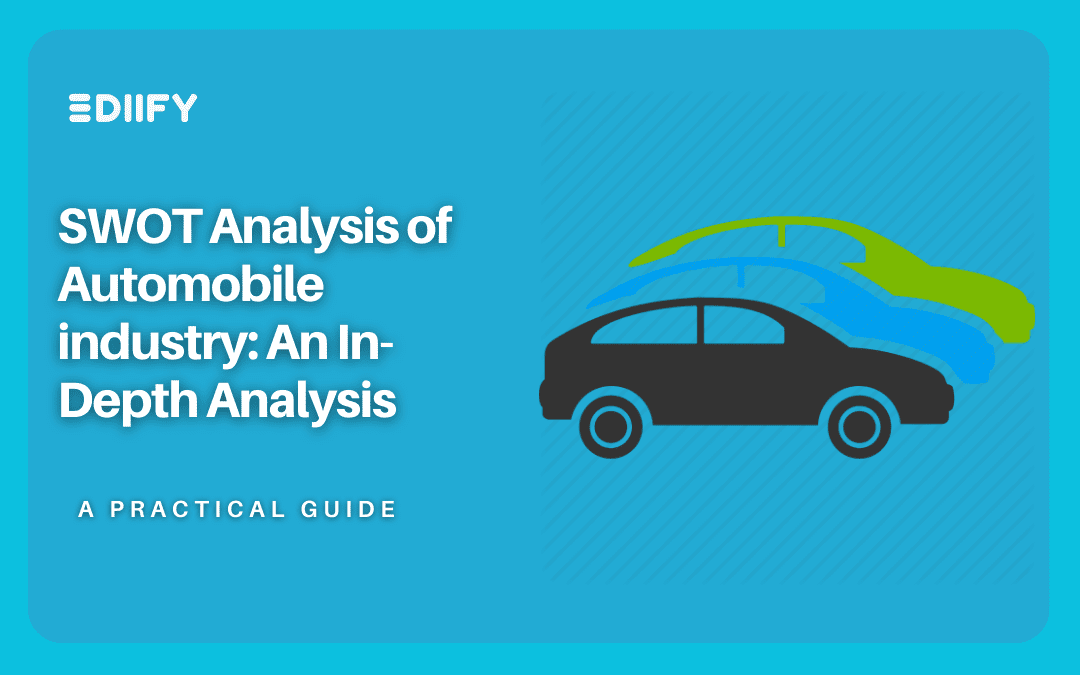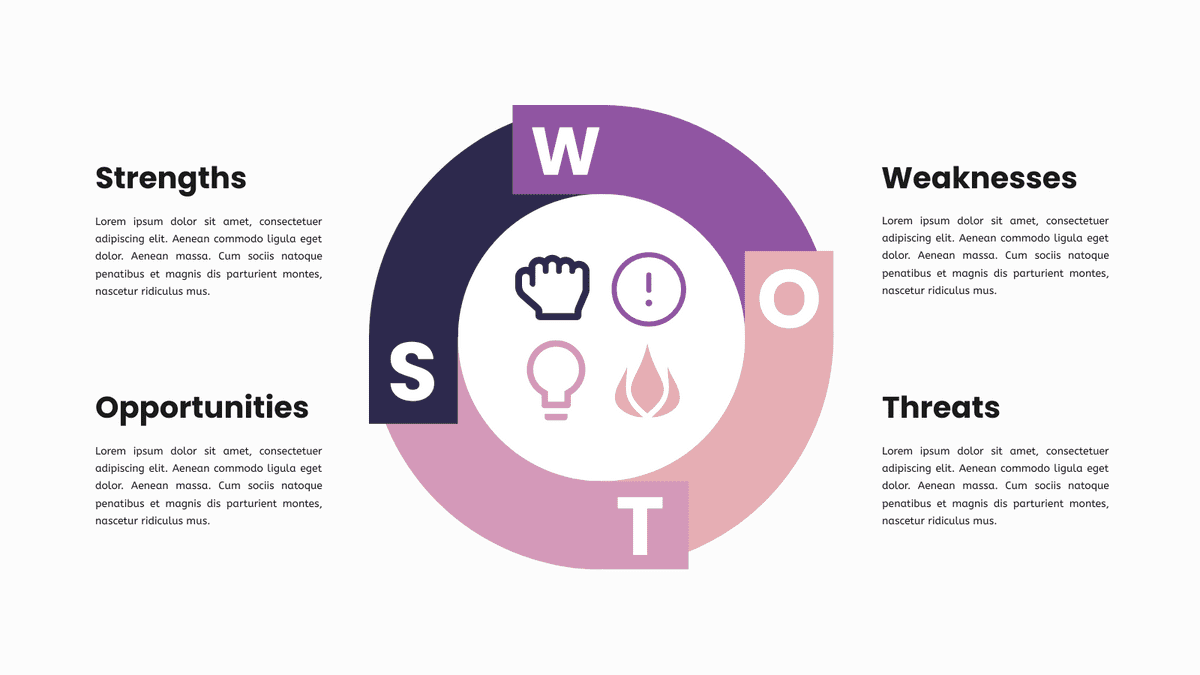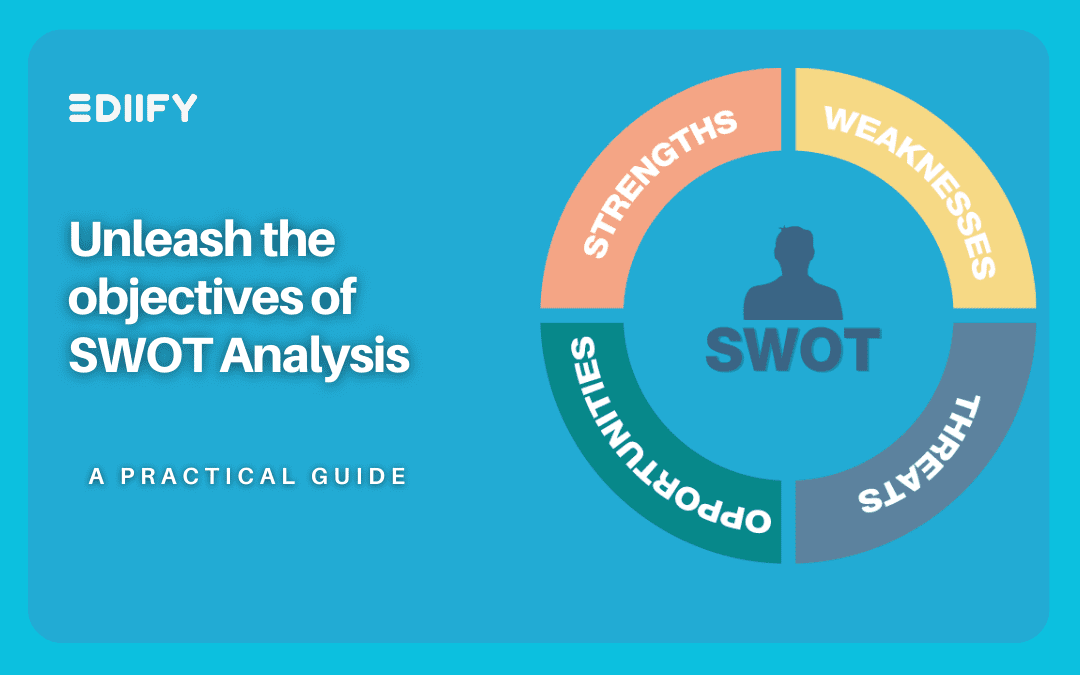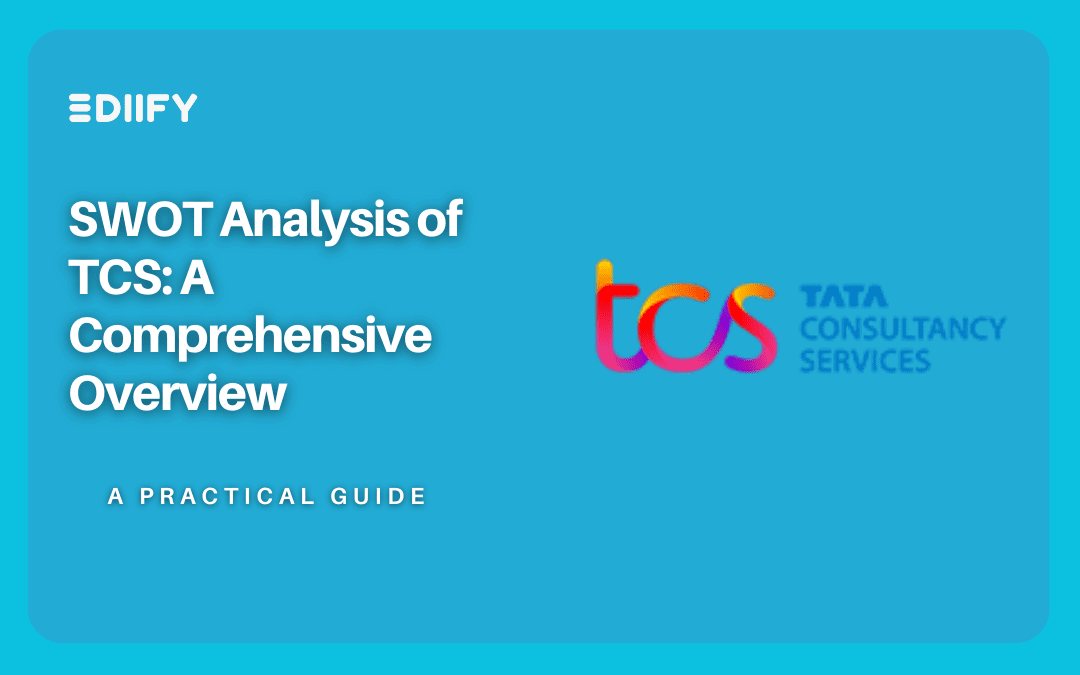
SWOT Analysis of Automobile industry: An In-Depth Analysis
Jan 25, 2024 | EDIIFY Blogs
Introduction:
The global automobile industry, a dynamic and ever-evolving sector, stands at the crossroads of innovation and tradition. As we move into the future, it is imperative to assess the swot analysis of automobile industry. This strategic analysis provides a comprehensive view of the current landscape, enabling stakeholders to make informed decisions, address challenges, and capitalize on emerging trends.

Strengths:
- Technological Advancements: The automotive industry leads in technological innovation, with developments like Electric Vehicles (EVs), autonomous driving, and connectivity reshaping the driving experience, enhancing safety, and reducing environmental impact.
- Global Reach: Major automotive manufacturers have established a robust global presence, tapping into diverse markets and adjusting products to meet regional demands. This broad reach contributes to economies of scale and diversified revenue streams.
- Brand Recognition: Established brands bring a legacy of trust and reliability, fostering strong brand loyalty. Consumers often associate certain brands with quality, performance, and innovation, providing established players with a competitive edge.
- Supply Chain Efficiency: Over time, the industry has optimized its supply chain, achieving efficiency in manufacturing, procurement, and distribution. This optimization enables timely product delivery and minimizes production costs.
Take a look at the below blog on the myntra business model
https://ediify.com/the-myntra-business-model-what-you-need-to-know/
Weaknesses:
- High Capital Intensity: The automotive industry requires substantial capital investments in research and development, manufacturing facilities, and compliance with stringent regulations. This high capital intensity can pose challenges for new entrants and smaller players.
- Dependence on Economic Conditions: The industry is highly sensitive to economic fluctuations. During economic downturns, consumers tend to postpone discretionary purchases, impacting the sales of new vehicles and aftermarket products.
- Regulatory Challenges: Stringent emissions standards, safety regulations, and evolving environmental norms add complexity to the industry. Adapting to these regulatory changes demands continuous investment and poses a challenge for some manufacturers.
Take a view at the below blog on Tata Motors an in-depth analysis
https://ediify.com/tata-motors-an-in-depth-analysis/
Opportunities:
- Electric Vehicles (EVs): The increasing focus on sustainability and environmental concerns provides a significant opportunity for the expansion of electric vehicles. Governments worldwide incentivize EV adoption, offering a platform for growth in this segment.
- Emerging Markets: Developing economies offer untapped potential for growth. Rising disposable incomes in these regions lead to an increased demand for automobiles, presenting an opportunity for market expansion.
- Mobility as a Service (MaaS): The shift towards shared mobility and MaaS models offers an opportunity for the industry to diversify revenue streams. Collaborations with technology companies and startups can unlock new avenues for growth.
Take a look at the below blog on the competitors of Mahindra and Mahindra
https://ediify.com/project/competitors-of-mahindra-and-mahindra-a-journey-through-time/
Threats:
- Economic Downturns: Economic recessions and uncertainties can lead to reduced consumer spending, impacting automobile sales. The industry’s vulnerability to economic downturns requires agile strategies to navigate challenging periods.
- Disruption from New Entrants: Technology companies entering the automotive space, alongside startups focusing on electric and autonomous vehicles, pose a threat to established players. The industry must adapt to changing dynamics to stay competitive.
- Supply Chain Disruptions: Global events such as pandemics, natural disasters, or geopolitical tensions can disrupt the automotive supply chain, leading to production delays and increased costs.
Take a view at the below blog exploring the benefits of tata motors
https://ediify.com/project/exploring-the-benefits-of-tata-motors/
Conclusion:
In conclusion, the SWOT analysis of automobile industry reveals a landscape teeming with opportunities and challenges. While technological advancements and global reach remain key strengths, the industry must address weaknesses, navigate regulatory complexities, and proactively embrace emerging trends. By strategically leveraging opportunities and mitigating threats, the automotive industry can steer itself toward sustainable growth and continued innovation. As we accelerate into the future, collaboration, adaptability, and a keen eye on market dynamics will be the driving forces behind success in this ever-evolving industry.

For more information visit the mentioned website
https://www.spendedge.com/blogs/swot-analysis-automobile-industry/













